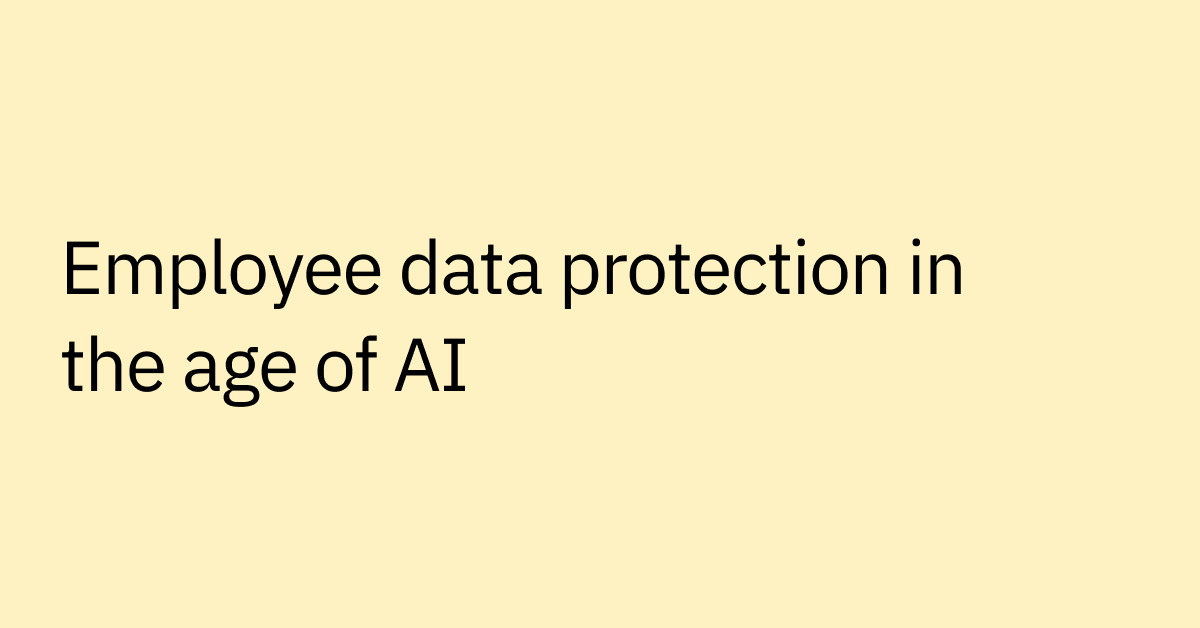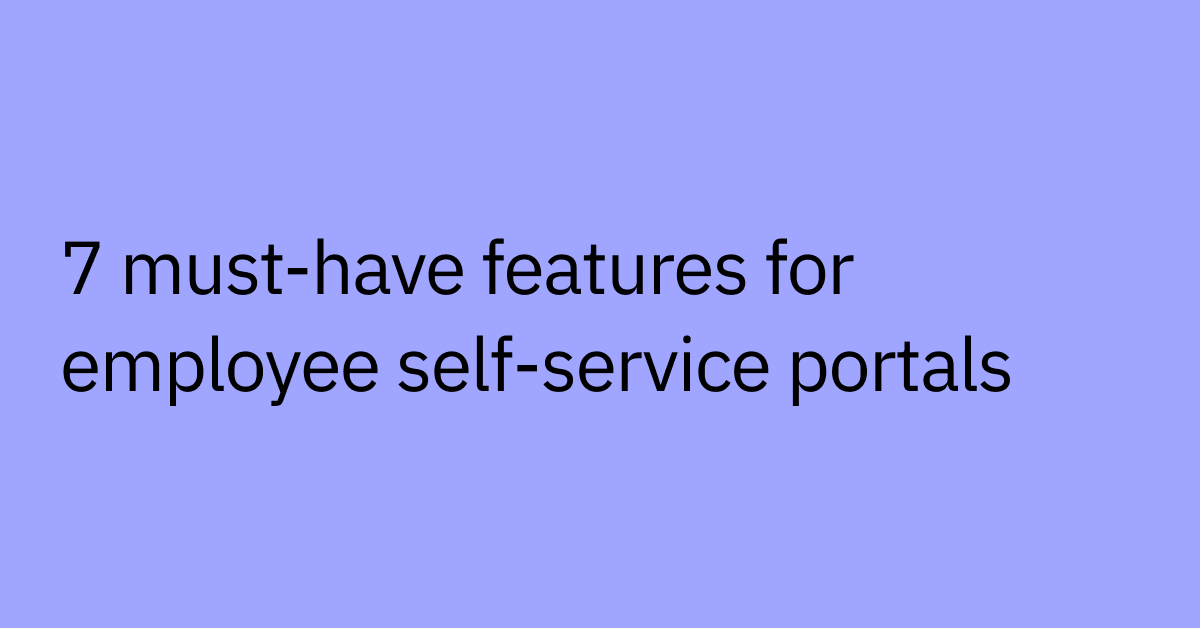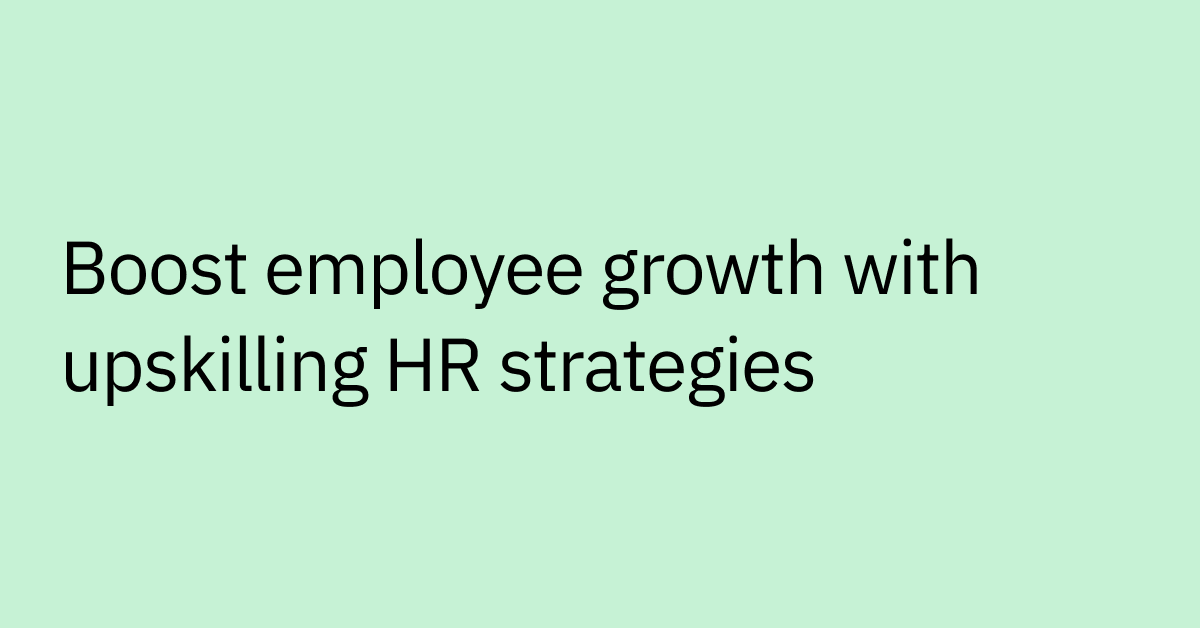Table of contents
Highlights
- HR process automation is evolving from siloed workflows to unified, intelligent resolution across systems.
- Organizations are going from traditional automation approaches to using AI agents to handle repetitive HR processes from start to finish, helping to accelerate workflows, reduce case volume, wait time, and manual overhead.
- High-impact automation areas include onboarding, benefits, policy guidance, and workflows.
- Integrating AI agents with existing HRIS can help to avoid costly replatforming and help accelerate ROI.
- This enables faster resolution, stronger compliance, and improved employee experience at enterprise scale.
Every week, your HR team could be losing the equivalent of a full workday handling repetitive tasks and routine requests– answering the same employee benefits questions (again!), chasing down onboarding forms, and managing compliance checks.
Traditional HR automation tools can help, but may not provide a complete solution. Digital forms, robotic process automations, and workflow tools help, but often still leave teams jumping between systems to finish the job.
At enterprise scale, automation patchwork like that breaks down: cases pile up, employees wait longer, and the promise of automation falls short.
Your HR team should be shaping culture and strategy—not stuck on repeat.
AI agents help change this. Unlike basic automations, AI agents are able to understand natural language, reason across systems, and help manage HR processes end-to-end.
This guide explains how AI agents can reshape HR automation, delivering faster answers, stronger compliance, and better employee experiences, freeing your team to focus on strategic business operations.
What is HR process automation?
Human resources automation is the use of technology to streamline and optimize routine, time-consuming tasks within the human resources department.
By using digital tools, software, and AI, organizations can create automated workflows for processes that were previously done manually.
These processes include things like:
- Streamlining employee onboarding
- Optimizing benefits enrollment
- Processing time-off requests
- Getting policy acknowledgements
- Handling routine employee requests
When done right, automation can give your team room to breathe—allowing them to focus less on administrative tasks and more on initiatives that make a difference for employees.
Successful HR process automation is challenging. It requires a deep understanding of complex, interconnected workflows that are often unique to each organization. Here's why standard automations can fall short.
Typical automation approaches are time consuming or fragile
While technologies like RPA, iPaaS, and point AI tools promise more efficient HR operations, they rarely deliver at scale. RPA is most effective for highly structured, repetitive tasks; it tends to break when data is unstructured or when systems and workflows change—forcing teams into costly rework and upkeep. iPaaS requires significant technical expertise for development and implementation,
Challenges with integrations
Many HR processes begin in HR, but don’t end there and can also touch a mix of HR, ITSM, and other software systems. Automation processes can also struggle to integrate smoothly across platforms, producing silos and fragmented employee experiences.
Point automations fail to scale
Similarly, isolated point AI solutions, like a single-purpose AI chatbot or resume screener, can fail because they operate in a vacuum. They lack the intelligence to understand the full context of a process, ultimately failing to deliver on the promise of true end-to-end automation.
The outcome is predictable: organizations inherit high maintenance costs, heightened compliance risks, and brittle workflows that fail to meet modern employee expectations.
Take something as common as the employee onboarding process. Your HRIS may trigger the process, but IT still has to manually create tickets for system access and equipment provisioning. Instead of a smooth, end-to-end experience, new hires face delays, duplicate requests pile up, and HR and IT are frustrated.
How AI can overcome HR automation challenges
AI helps to change HR processes for the better by moving beyond “if-this-then-that” logic and bringing real intelligence, adaptability, and foresight to your processes.
Here’s how:
- Handling nuance: Traditional automation follows static rules — if a request doesn’t match, it stalls. AI, powered by machine learning and natural language processing, can adapt. Think resume screening that adjusts to role-specific needs, chatbots that handle unique onboarding questions, or analysis of open-ended feedback to uncover engagement patterns.
- Breaking down silos: Conventional automation often operates within a single system, leaving HR, payroll, and IT data scattered. AI connects these platforms, creating a unified workforce view. With proper integrations and governance, this opens the door to predictive insights for smarter decisions on retention, reskilling, and talent acquisition.
- Enhancing the human element: Traditional workflows tend to automate only fragments of a process, leaving HR to fill in the gaps. AI takes on more of the time-consuming, transactional work end to end. That gives HR teams space to focus on people-first priorities — engagement, development, performance, and culture.
- Improving ROI: With rules-based automation, each new workflow requires fresh configuration and maintenance. AI projects can start small, deliver quick wins, and improve over time as they learn from new data. They still need monitoring and retraining, but the trajectory is compounding value, not static efficiency..
- Mitigating bias: Basic automation applies existing rules, which can quietly encode bias into processes. AI carries that same risk, but it also introduces tools to counteract it. Anonymizing resumes, applying structured scoring, and continuously auditing results make hiring decisions fairer than rule-based systems alone.
Why agentic AI enables ultra-powerful automations
Enter Agentic AI.
Agentic AI enables more powerful HR automation than standard tools by being able to:
- operating autonomously
- reasoning through complex multi-step tasks
- adapting to dynamic situations
Standard automation tools typically follow fixed, pre-programmed rules. Building custom integrations or automations with iPaaS or RPA often require significant developer effort for custom coding and managing point-to-point connections.
This ability to "think and act" transforms HR from a reactive administrative function into a proactive, strategic business partner, shaping the employee lifecycle end-to-end.
Benefits of using AI agents to transform HR process automation
Traditional automation can only take you so far. But with AI agents’ ability to reason, plan, act, and use natural language, they open up entirely new possibilities for your HR team.
Here are four ways they can transform your processes, from streamlining day-to-day HR tasks to ensuring compliance and delivering better support for your employees:
End-to-end process resolution
AI agents handle HR processes from start to finish without manual handoffs. For example, when an employee submits leave requests via Slack, the agent checks their eligibility in the HRIS, routes approvals to managers, and sends a confirmation — all in minutes and without you lifting a finger.
Impact: This cuts down on backlogs, eliminates bottlenecks, and speeds up resolution, giving HR professionals more time for strategic work instead of routine casework management.
Orchestration across HRIS and IT systems
Many HR processes, like employee onboarding or offboarding, involve both HR and IT. You need to create accounts, assign equipment, update payroll, and manage permissions across multiple systems.
AI agents help bridge these gaps by connecting platforms such as Workday or SuccessFactors with identity providers, payroll systems, and IT service tools. Instead of juggling handoffs between departments, the entire workflow is completed in one seamless interaction.
Impact: For you, this means fewer fragmented processes, consistent updates across systems, and a smoother, more reliable employee experience from their first day to their last.
Compliance-aware automation
Staying on top of regulations like GDPR, HIPAA, and ACA can feel daunting. AI agents can help centralize automation tasks within a single platform, which supports compliance by programming agents to follow company policies and permissions. AI agents are also designed to make their actions loggable, auditable, and monitored regularly, and can be used to send reminders for training completion or policy acknowledgement.
Impact: Helps organizations meet regulatory requirements and maintain traceability, which is crucial for building trust in automation systems.
Proactive employee support
Unlike basic automation that only reacts to tickets, AI agents detect and resolve issues before they escalate. If an employee starts but doesn’t complete benefits enrollment, the agent can send a reminder with step-by-step guidance. The same goes for incomplete training, missed onboarding tasks, or other critical HR workflows.
By catching these gaps early, AI agents can help to prevent delays, reduce case volume, and ease frustration on both sides.
Impact: Team members get more timely, seamless support, while your HR department gains trust and credibility for delivering a smooth, responsive experience.
High-impact HR processes and use cases AI agents can automate
AI agents really excel when it comes to transforming complex, multi-system HR processes into smooth, end-to-end workflows. Below are key use cases where implementing HR automation delivers measurable value:
Multi-system employee data management
When employee details change — promotions, transfers, or relocations — your HR team has to re-enter the same information across platforms.
To streamline the process, AI agents can update HRIS, payroll, and IT systems at the same time: the updates flow automatically everywhere they’re needed. That means your payroll is able to stay updated, benefits align with the employee’s new role, and IT systems are able to quickly reflect changes.
Impact: This can help to result in fewer manual errors, less time on data entry, and greater confidence that your HR systems tell the same story.
Provisioning access and permissions requests
Managing access permissions is notoriously difficult at scale. AI agents can simplify it by coordinating requests across your HRIS, identity providers, and security systems.
When an employee joins your company, changes roles, or leaves, the agent instantly grants or revokes permissions without waiting for IT tickets to be processed.
Impact: Onboarding becomes more seamless and the risk of manual errors is reduced. Employees step into their roles more ready to work, while the business closes information gaps before they become problems.
Benefits administration and compliance updates
Benefits administration can be a maze of forms, updates, and approvals. A single change, like adding a dependent or adjusting coverage, often forces HR staff to update the HRIS, notify the benefits provider, and adjust payroll. Each handoff introduces delays and human errors that frustrate employees and drain HR’s time.
AI agents are able to handle this by coordinating updates automatically across platforms.
Impact: Enrollment changes, coverage verifications, and payroll adjustments happen in sync, giving employees accurate benefits faster while freeing your team from repetitive, manual work.
Global policy and localization
Managing HR policies across multiple regions is a significant challenge.
AI agents make it easier by pulling directly from integrated HR repositories and internal policies. They can deliver location and role-specific policy guidance on the fly, adjusting responses based on an employee’s country, department, or local laws.
Impact: Employees can find answers and surface local policies quickly on demand, reducing manual work for HR, while minimizing inconsistencies across global operations.
Put AI to work in your HR processes
Most HR automation tools stop short. They can move data or trigger a workflow, but rarely close the loop end-to-end—lacking the context, integration, and adaptability to do so. The result: employees wait, and HR teams handle the follow-ups. Moveworks takes a different approach, designed to see requests through.
With an agentic AI Assistant, employees can handle everyday HR tasks within their flow of work, while your team focuses on people, culture, and strategy. Moveworks lets you:
- Empower employees instantly: No bouncing between multiple HR systems. Whether updating personal details or checking vacation policies, AI agents deliver faster support.
- Onboard employees faster: Automate everything from direct deposit setup to finding company values, so new employees feel confident and productive from day one.
- Fuel career growth: Centralize access to training, performance reviews, and goal-setting to help employees develop skills, stay engaged, and grow in their roles.
- Simplify compliance: Track HR cases, send reminders, and handle regulatory tasks seamlessly in the background — without HR chasing every detail.
By weaving intelligence into each step, Moveworks makes HR processes faster, simpler, and more connected across the enterprise.
Spend less time firefighting and more time empowering your employees. See how AI-powered HR automation software works.
Frequently Asked Questions
AI-powered automation sees the biggest gains in high-volume, repetitive workflows that cross multiple systems. These include employee data changes, cross-platform access requests, benefits enrollment, and olicy updates. By automating these processes end-to-end, you reduce manual work, shorten resolution times, and deliver a more consistent employee experience globally.
AI agents enhance HR process automation by understanding natural language requests, reasoning across multiple systems, and securely executing tasks from start to finish.
For example, when someone gets promoted, an AI agent can update employee data, trigger payroll changes, and notify IT, improves decision-making speed and accuracy.
Yes — especially with AI-powered solutions like Moveworks that integrate securely with HRIS platforms (e.g., Workday, SAP SuccessFactors, Oracle HCM), payroll systems, ITSM tools, and identity management platforms. This multi-system orchestration ensures data consistency, reduces manual work, and speeds up performance management processes.
Compliance is often one of the toughest hurdles, especially for global companies. Location-specific regulations like GDPR, HIPAA, or local labor laws can complicate automation workflows. Across workflows AI agents are able to enforce role-based permissions, logging actions for audit trails, and enable policies are followed automatically.
AI-powered automation frees human resources from repetitive case work, reduces ticket volumes, and shortens turnaround times. For employees, it means instant support and less time chasing answers. For human resources leaders, it translates into measurable cost savings and more time to focus on culture, talent strategy, and employee engagement.
With agentic AI assistants, adoption is simple because employees don’t need to learn a new tool. In this case, AI agents can work directly in the collaboration platforms your teams already use, like Slack, or Microsoft Teams, helping drive immediate engagement and faster adoption.
Security should be built in from the start. AI agents integrate with HRIS, payroll, and IT systems using permissioned, role-based access. When actions are logged for auditability, this enables compliance while protecting sensitive employee data.
When employees can get HR support instantly — without waiting on manual approvals or searching through multiple portals — it builds trust and directly improves the employee experience.
AI-powered process automation removes friction from everyday tasks, making it easier for employees to focus on meaningful work and for HR teams to concentrate on strategic priorities. Over time, this helps lead to stronger engagement.



